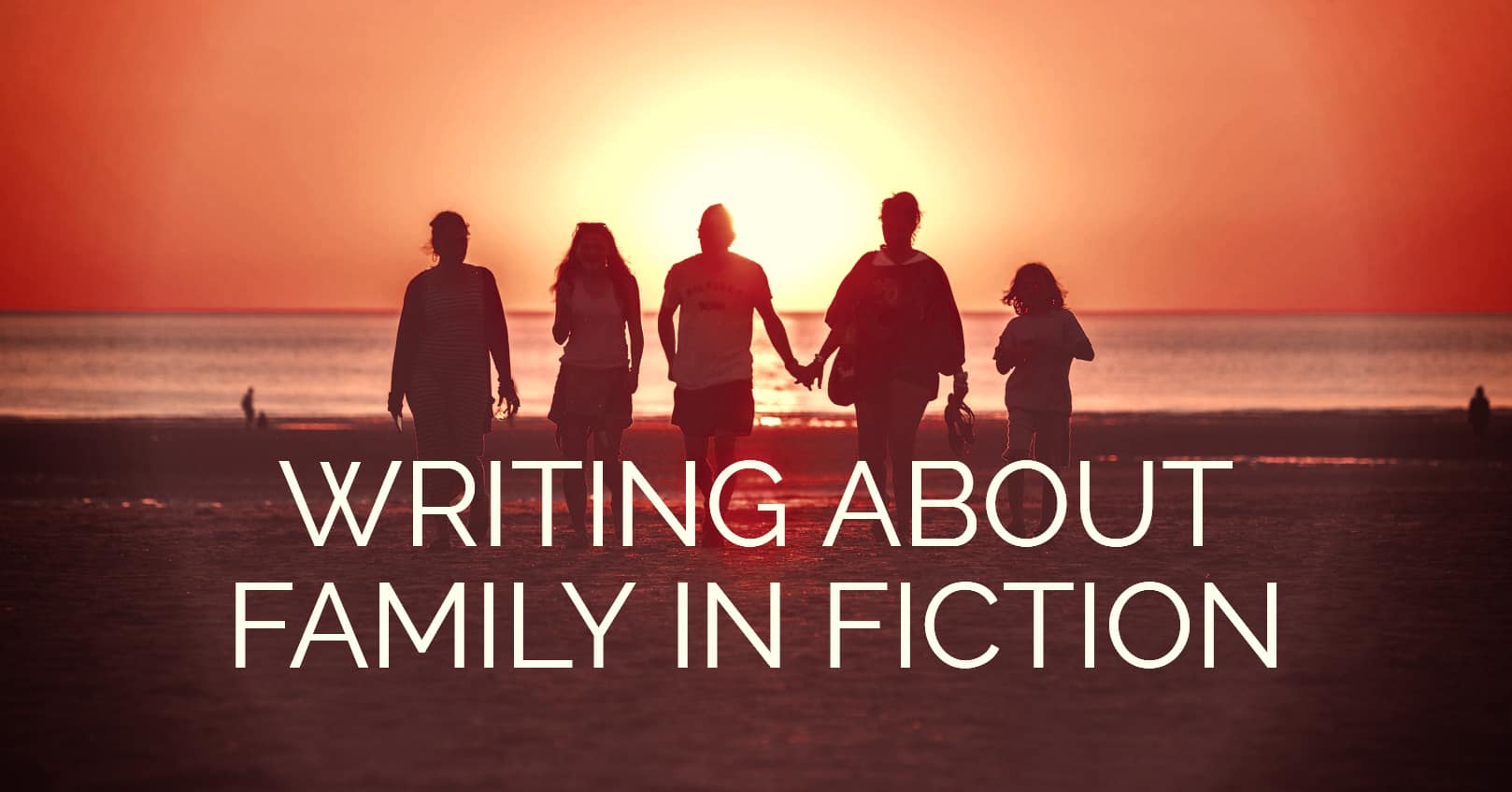
Crafting realistic dialogue is one of the most essential—and challenging—skills for any fiction writer. Dialogue doesn’t just mimic real speech; it distills it. Great dialogue reveals character, drives the story forward, and creates emotional resonance without dragging down the pace.
But poorly written dialogue? It pulls readers out of the narrative faster than a dropped accent or a long info dump.
If your characters sometimes sound like robots, therapists, or exposition machines, this post is for you.
Give Every Line a Purpose
Realistic dialogue doesn’t mean replicating small talk. In fiction, every line must earn its place. Whether it reveals a motive, builds tension, or deepens the reader’s understanding of a character, aim for intention behind each sentence.
If a character is just passing time, consider cutting the line—or using silence, gesture, or conflict instead.
Subtext Is Where the Magic Happens
In real life, people rarely say exactly what they mean. They dodge, deflect, hint, flirt, or accuse—all while saying something else. Fictional dialogue should reflect that complexity.
Instead of:
“I’m mad you didn’t show up.”
Try:
“Don’t worry. I had a great time explaining to everyone why my plus-one flaked.”
Let emotion simmer beneath the words. Subtext creates tension that keeps readers hooked.
Match Dialogue to Genre and Tone
Different genres have different dialogue expectations. Historical fiction requires period-appropriate language without being incomprehensible to modern readers. Fantasy might need formal speech patterns or invented slang. Contemporary fiction should feel current but not so trendy it dates quickly.
Consider your story’s tone too. Dark, gritty narratives call for different dialogue rhythms than light romantic comedies. Match your characters’ speech to the world you’ve created.
Regional Dialect and Speech Patterns: Handle with Care
Dialect can add authenticity, but it’s easy to overdo. Heavy phonetic spelling (“‘Ey there, guv’nor!”) can slow readers down and feel like caricature. Instead, suggest accent through:
- Word choice and sentence structure
- Specific phrases or expressions
- Rhythm and cadence
- Occasional dropped letters or contractions
Remember that people code-switch—they speak differently with family versus colleagues versus strangers.
Watch the “-ly” Adverbs
It’s tempting to rely on adverbs to tell us how something is said: she said angrily, he replied sarcastically. But these shortcuts often weaken dialogue. Instead, trust the words themselves—and use body language, beats, or tone to show us how it’s said.
Weak:
“I hate you,” she said coldly.
Stronger:
“I hate you.” She didn’t flinch when she said it. Just watched him, unblinking.
Let the dialogue carry the emotion, not the adverb.
Avoid Overusing Names in Conversation
People don’t constantly address each other by name in real life unless they’re angry, trying to get attention, or making a point.
Unnatural:
“Mark, I don’t think that’s fair.” “I’m just being honest, Sarah.”
More natural:
“That’s not fair.” “I’m just being honest.”
Use names sparingly—for emphasis or clarity. Otherwise, trust that readers can follow the exchange.
Age-Appropriate Speech Patterns
A five-year-old doesn’t speak like a teenager, and a teenager doesn’t speak like a middle-aged professional. Consider:
- Vocabulary level: Younger characters use simpler words
- Sentence structure: Kids often speak in fragments; teens use more slang
- Topics of concern: What matters to different age groups varies dramatically
- Communication style: Older characters might be more formal or indirect
Cut the Filler
Yes, real people say “um,” “well,” and “you know.” But your characters don’t need to. Trim greetings, small talk, and verbal tics unless they serve a purpose—like showing nervousness or stalling.
If the dialogue doesn’t move the scene forward, it’s just slowing the reader down.
Characters Should Speak in Their Own Voice
Each character should sound like themselves, not like the author. Consider their background, education, personality, and mood. A tired mercenary, a hyper teenager, and a reclusive scholar should not speak in the same rhythm or vocabulary.
Read dialogue aloud to spot similarities. If all your characters sound alike, it’s time to revise.
Power Dynamics Shape Speech
Characters don’t speak the same way to everyone. Consider the relationship between speakers:
- Boss to employee vs. employee to boss
- Parent to child vs. child to parent
- Friends vs. strangers
- Romantic partners vs. professional colleagues
Power, familiarity, and context all influence how people communicate.
Interruptions, Pauses, and Silence Matter
Dialogue doesn’t need to be smooth. In fact, interruptions, hesitations, and non-verbal reactions often make it more realistic.
Example:
“I didn’t mean—” “You never do.”
Or:
“So . . . is this it?” The silence that followed answered everything.
These beats add emotional tension and reflect the way people really speak (and avoid speaking).
Use Action Beats, Not Just Tags
Instead of leaning on “he said” and “she replied,” mix in action beats that show what a character is doing or feeling.
“You think I care?” She shoved the folder across the table. “Read it.”
Beats ground the reader and can hint at a deeper emotional layer beneath the words.
Dialogue Tags: Keep Them Simple
“Said” is invisible to readers—use it freely. Avoid fancy alternatives like “ejaculated,” “pontificated,” or “hissed” (unless literally hissing). These draw attention to themselves rather than the dialogue.
When you do use alternatives, make sure they’re accurate. People can’t “smile” or “laugh” or “beam” words, though they can speak while smiling or laughing.
Let Dialogue Create Conflict, Not Solve It Too Soon
Good dialogue increases tension. It creates misunderstandings, challenges assumptions, or complicates relationships. If your dialogue ends every scene with a neat resolution, consider backing up and letting the characters struggle longer.
The Info-Dump Trap
Avoid having characters explain things they both already know just for the reader’s benefit. Instead of:
“As you know, Bob, our company has been struggling since the merger three years ago . . . ”
Try revealing information through:
- Conflict or disagreement
- Questions from someone who genuinely doesn’t know
- Partial revelations that create mystery
- Actions that show rather than tell
Test Your Dialogue
Here are practical ways to improve your dialogue:
- Read it aloud: Does it flow naturally? Do you stumble over phrases?
- Cover character names: Can you tell who’s speaking based on voice alone?
- Remove dialogue tags: Does the conversation still make sense?
- Ask “What’s not being said?”: Is there subtext beneath the surface?
Common Dialogue Mistakes to Avoid
- Exposition disguised as conversation: Characters explaining plot points unnaturally
- Everyone sounds the same: No distinct voices between characters
- Too formal or too casual: Not matching the character’s background and situation
- Perfect grammar: Real speech includes fragments and run-ons
- No contractions: Most people say “don’t” not “do not” in casual speech
Real Dialogue Is More Than Just Talking
Great dialogue reveals, disguises, and tests. It builds relationships and fractures them. Don’t aim for lines that sound clever—aim for ones that feel true to your characters.
The best dialogue isn’t about replicating reality. It’s about creating an illusion of truth that’s even sharper, more meaningful, and more memorable than life.
Remember: dialogue is a tool for characterization, plot advancement, and emotional resonance. When it serves all three purposes simultaneously, you’ve created something truly powerful.















Comments